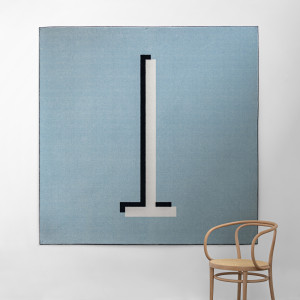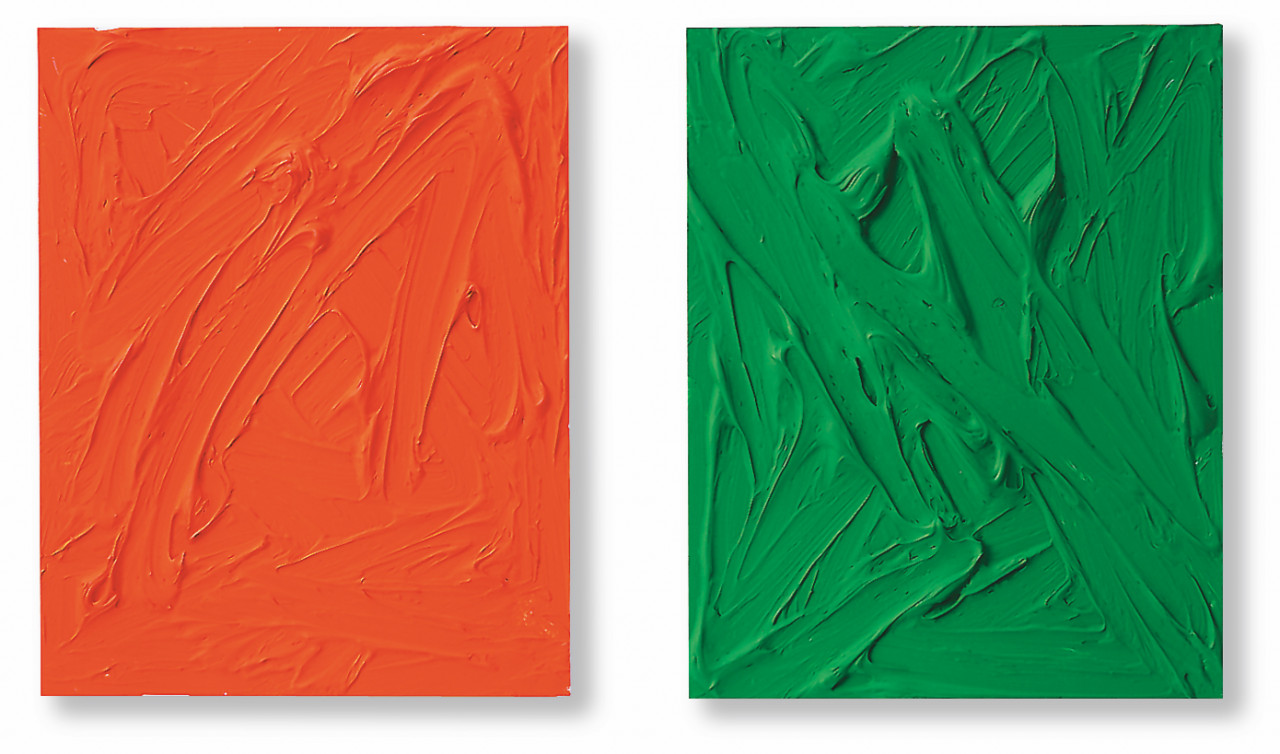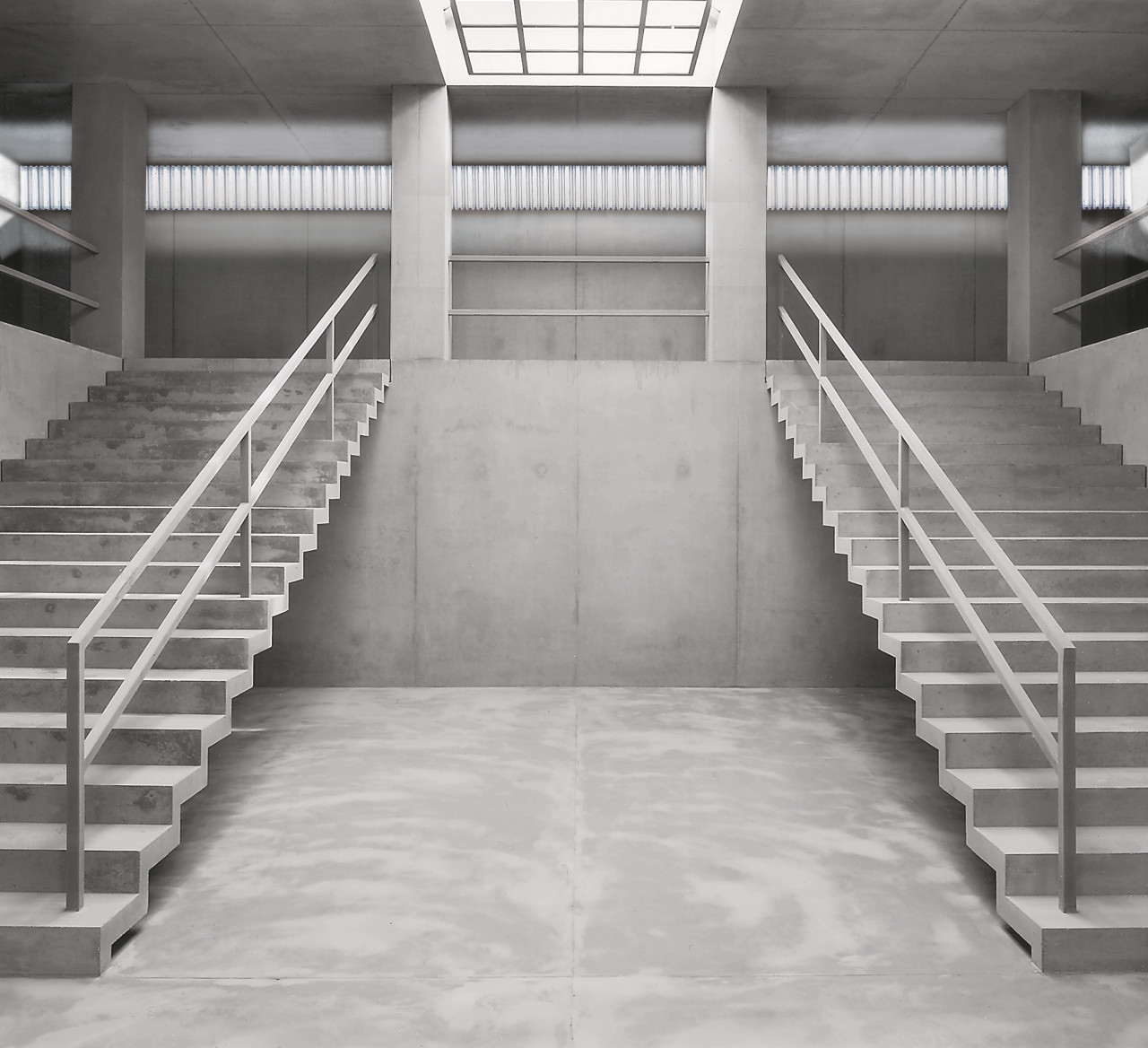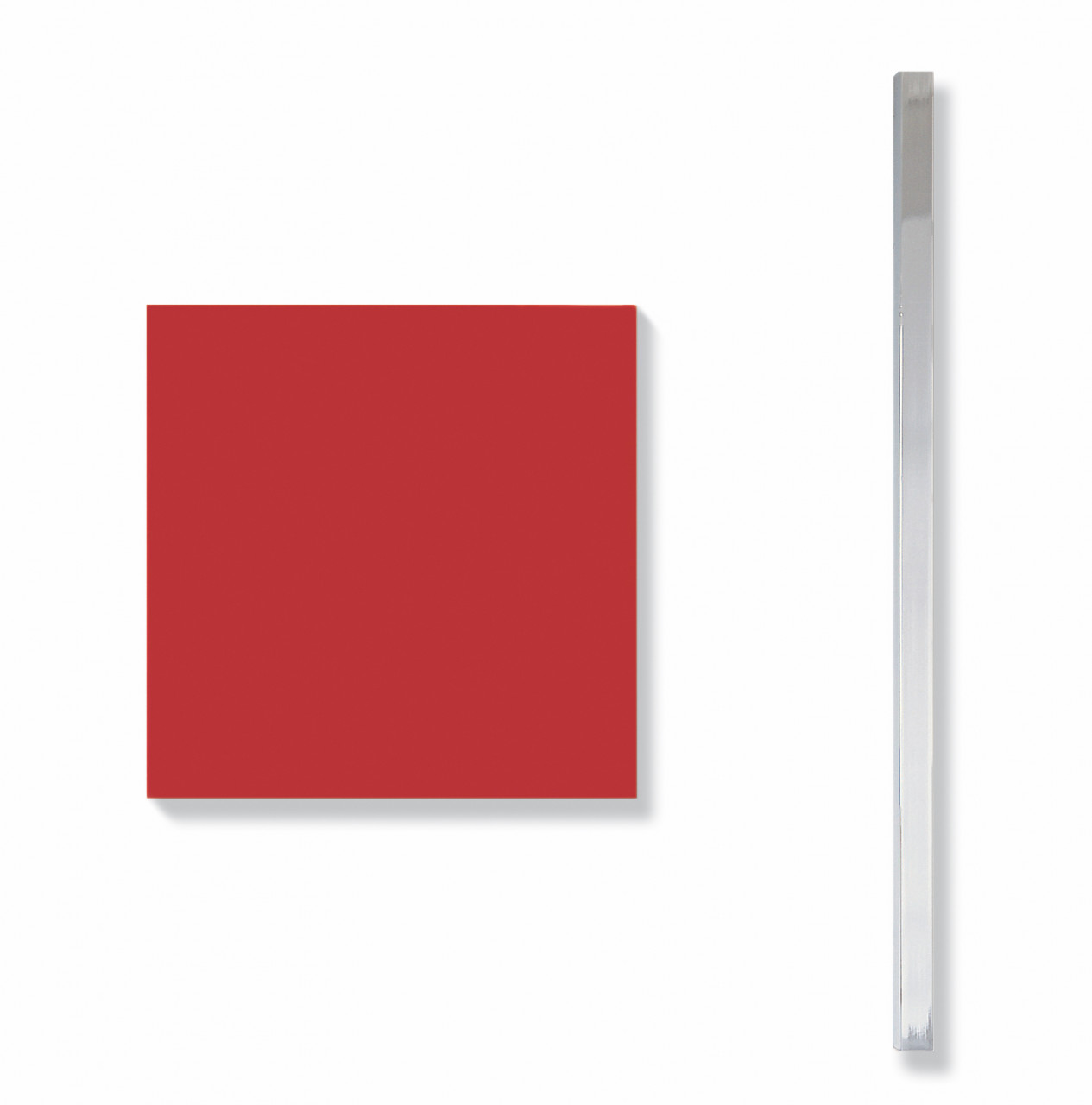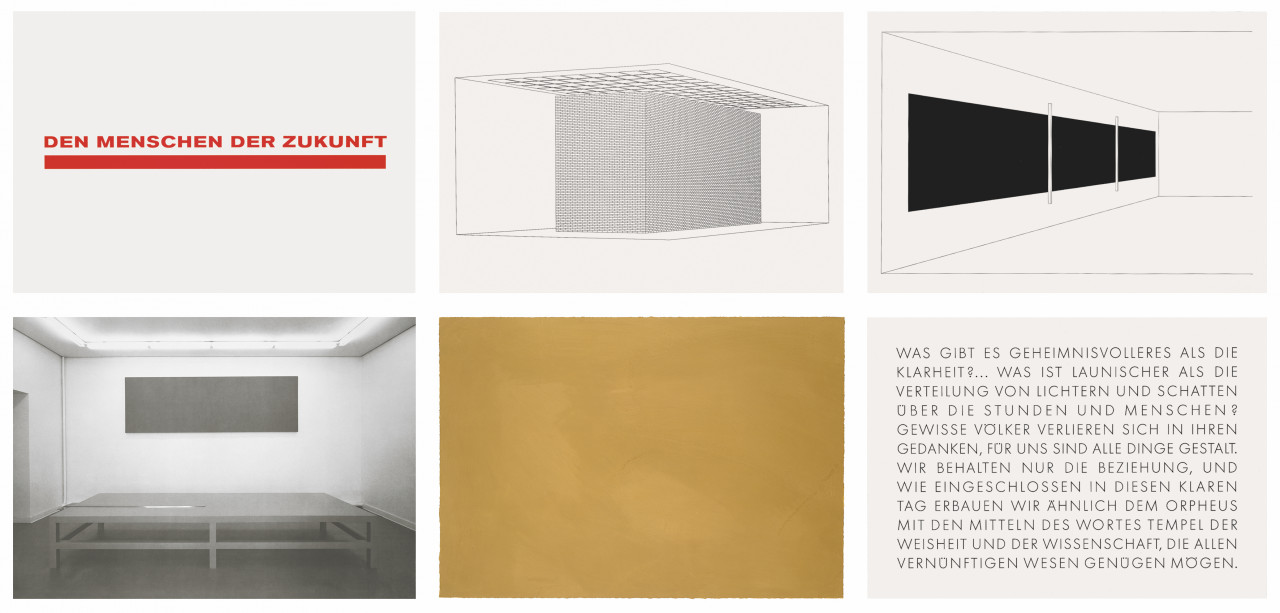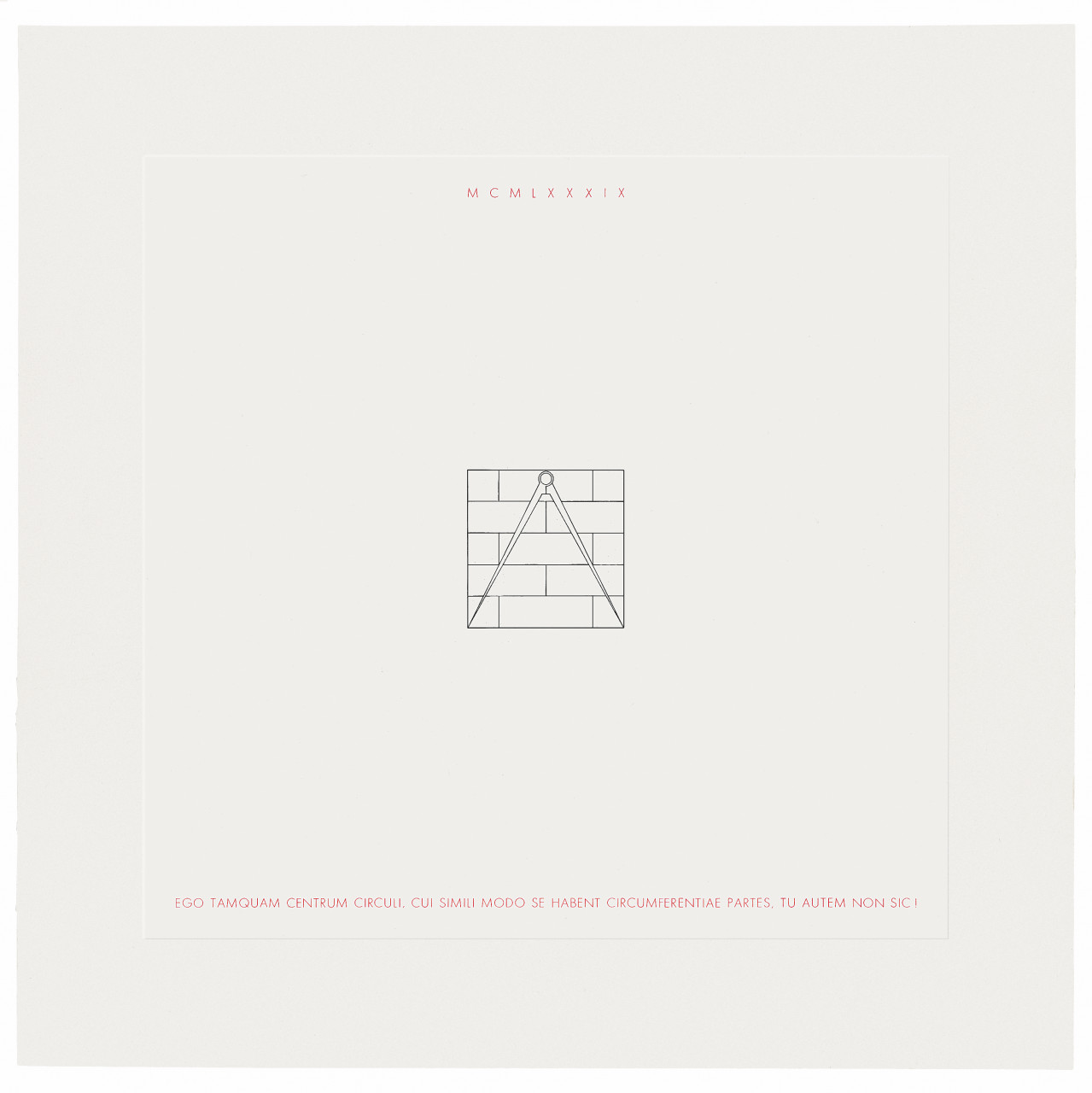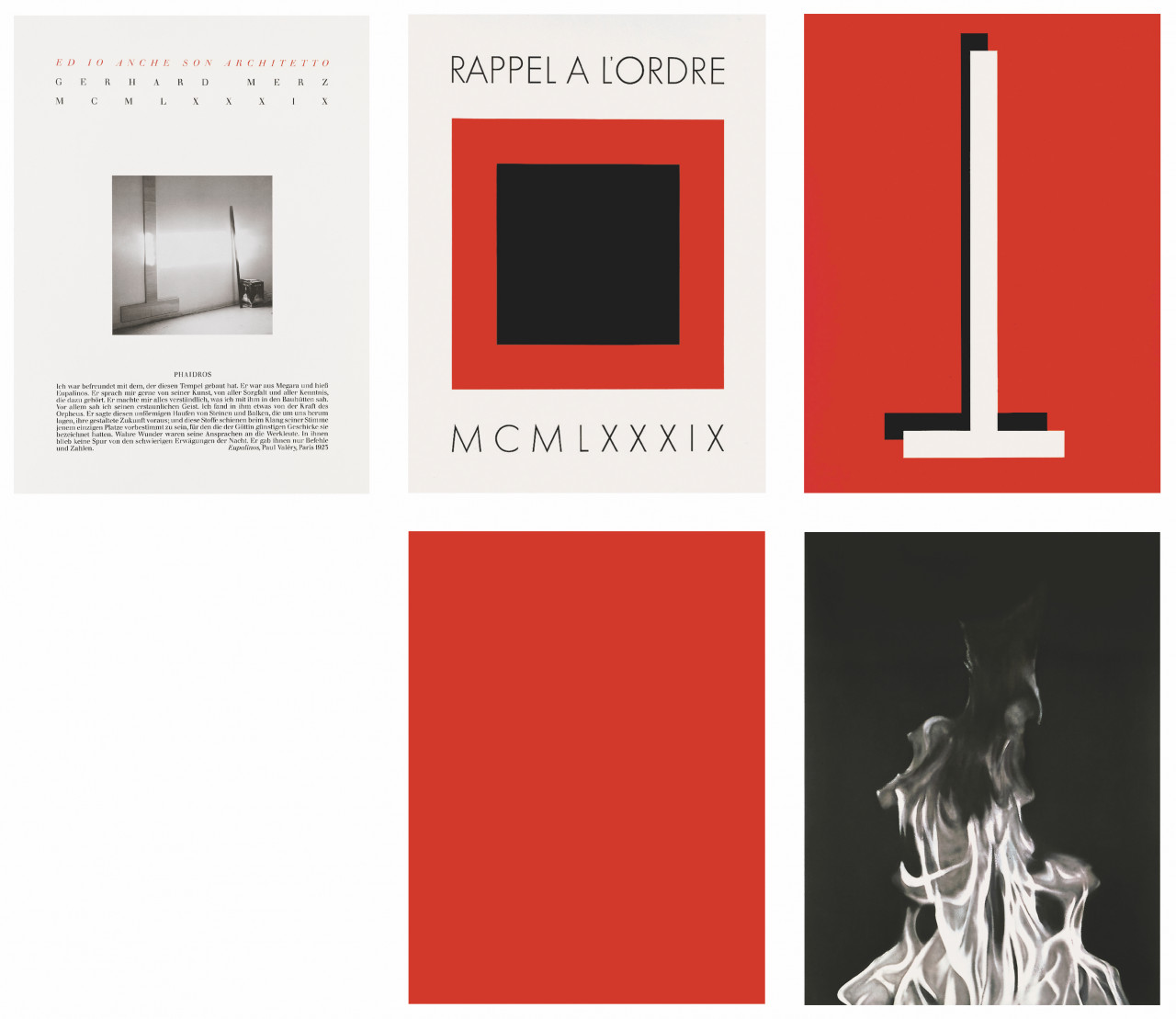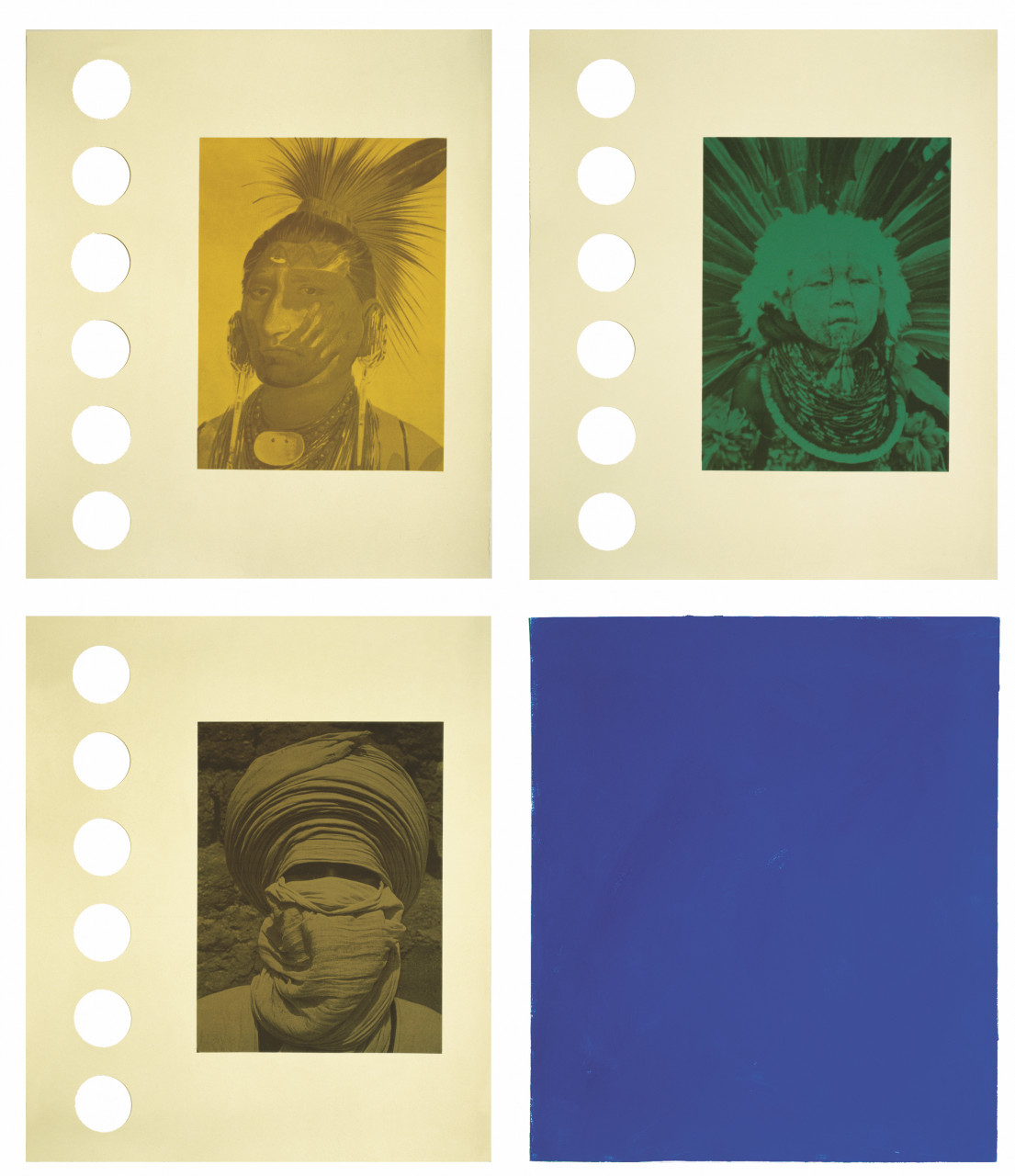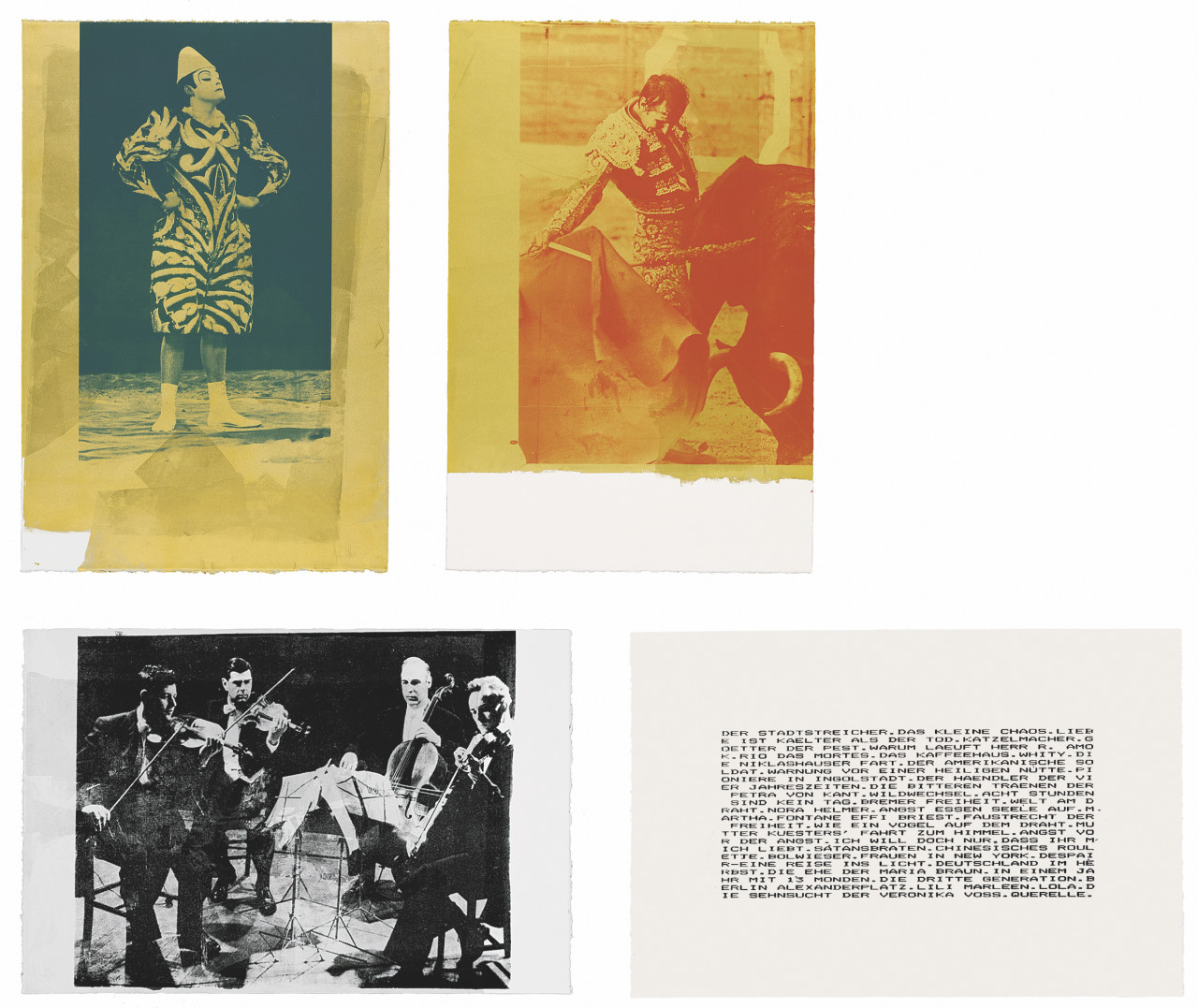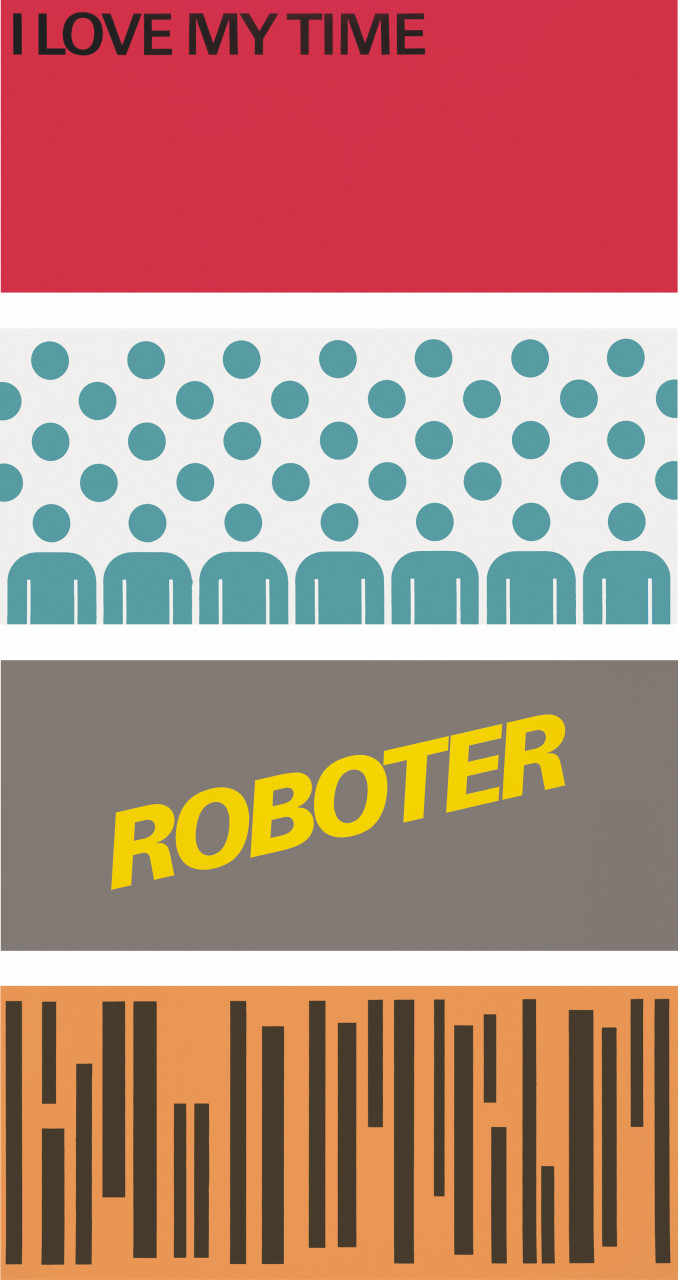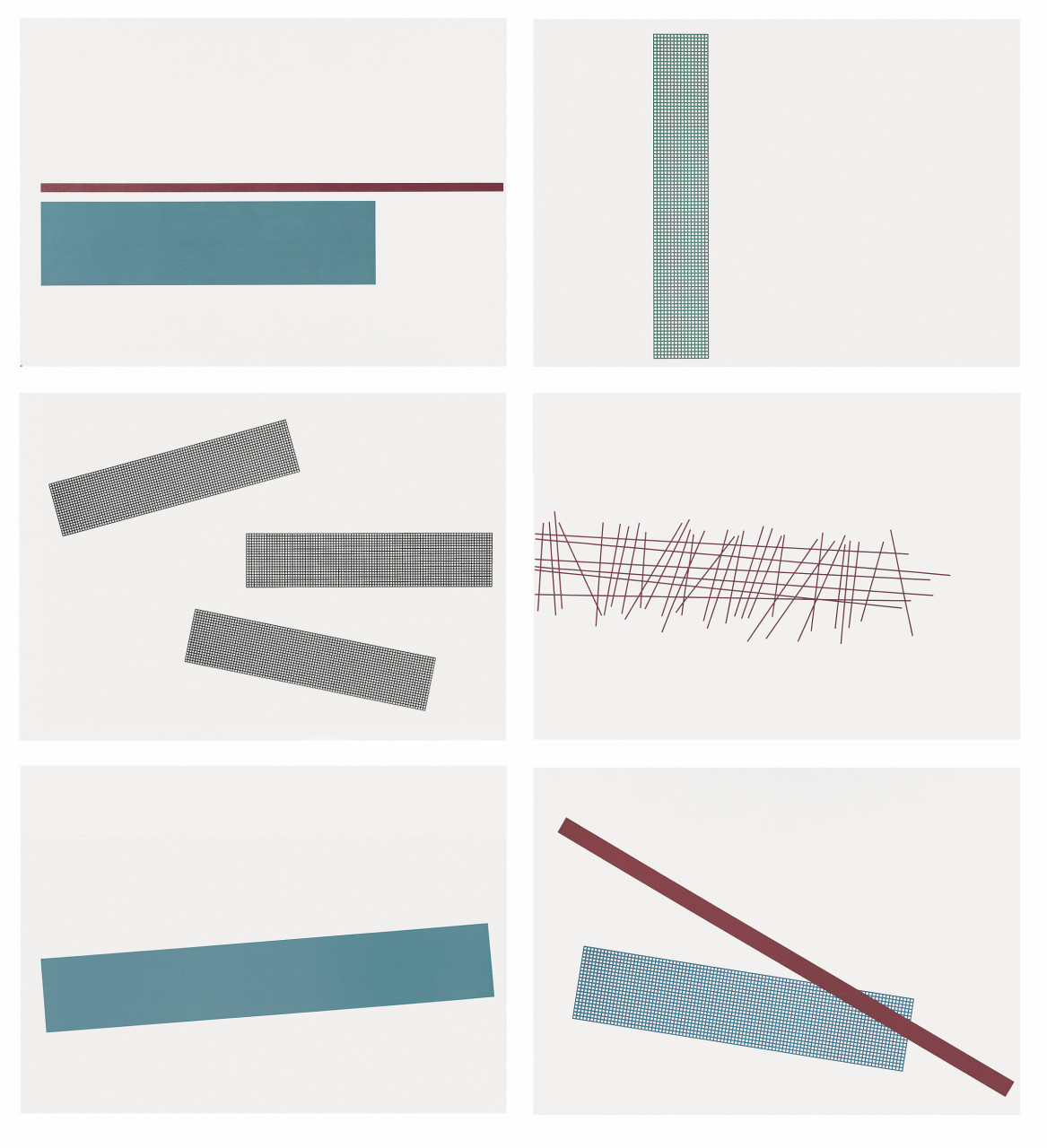Gerhard Merz
Gerhard Merz, born 1947 in Mammendorf near Munich, Germany, lives and works in Pescia, Italy. Merz's career has been devoted to further developing, refining, and perfecting the major ideas of modernism. Merz decisively points out the difference between "art" and "life", a mentality opposed to that of young artists throughout the 20th century. Merz's works are experiments, arenas where he investigates perfection. To achieve this, he incorporates architecture into his work as a standard and a reference of meaning: he calls for a rigorous and exacting formal purity and a high complexity of ideas behind the forms. Merz is a painter, but his "paintings" are artistic interventions in space, composed of monochrome paintings, wall painting, typography, architectural fragments, and light.
Gerhard Merz Editions
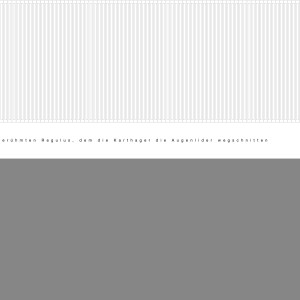
Kaltgrau / Lumilux 11
2009
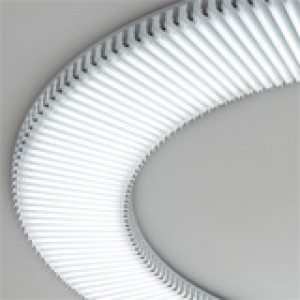
Light
2008

Untitled
2007
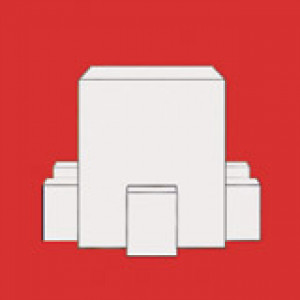
Venedig 1997
1998
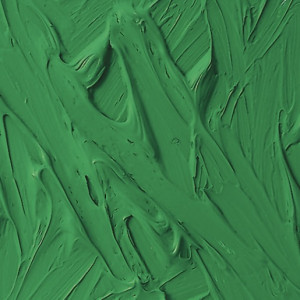
Orange und Grün
1997
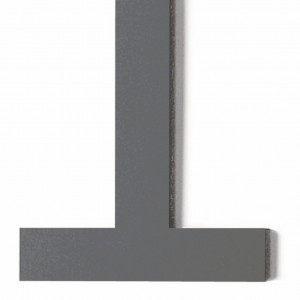
o.T.
1994

Untitled (Wall Work 2)
1994

Untitled (Wall Work 1)
1993
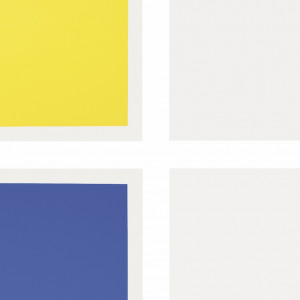
Architekturen
1992
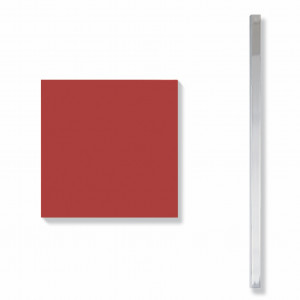
Costruire
1991
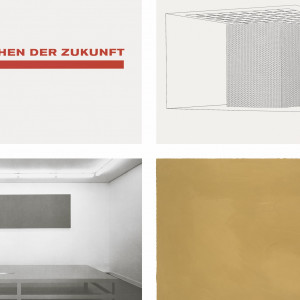
Den Menschen der Zukunft
1990
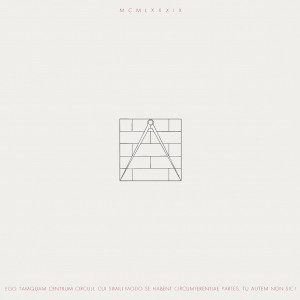
Costruire
1990
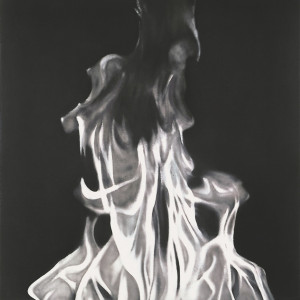
Ed io anche son architetto
1989

Mondo Cane
1983-1984
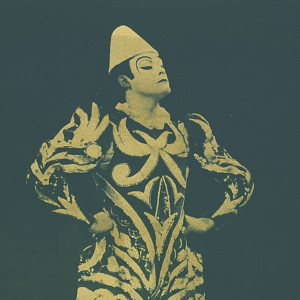
Streichquartett (String Quartet)
1982
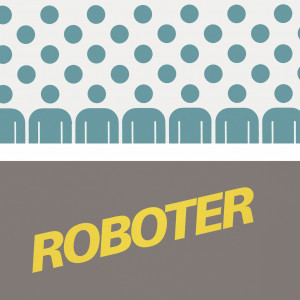
I Love My Time
1980
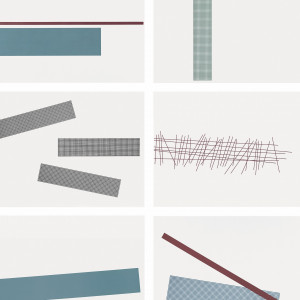
Gerhard Merz
1979
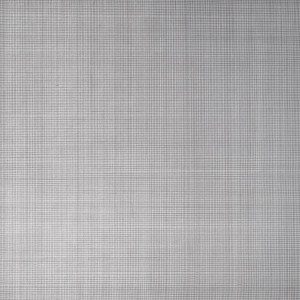
5 Steingravuren
1976/1978
Unique Works
Kaltgrau / Lumilux 11
2009
From Forty Are Better Than One
8-part leporello, digital pigment print (Ditone) on 230g card stock, 32 x 200 cm (12½ x 78¾ in). Edition: 75, signed and numbered.
This edition refers to an installation by Gerhard Merz, which consists of a row of Lumilux 11 fluorescent tubes above a monochrome stripe painting in cold gray.
EUR 800

Light
2008
Circular fluorescent Lumilux 11 light fixtures, dimmable
Light fixtures: each 60 cm long
Overall size: according to the ceiling surface; illustrated here: 430 cm dia.
Limited to an edition of 15
"My work consists in reducing art to its very own means – measure, color, light," says Gerhard Merz. This large-scale installation directly relates to the space, adapts its measurements to it, and fills it with light.
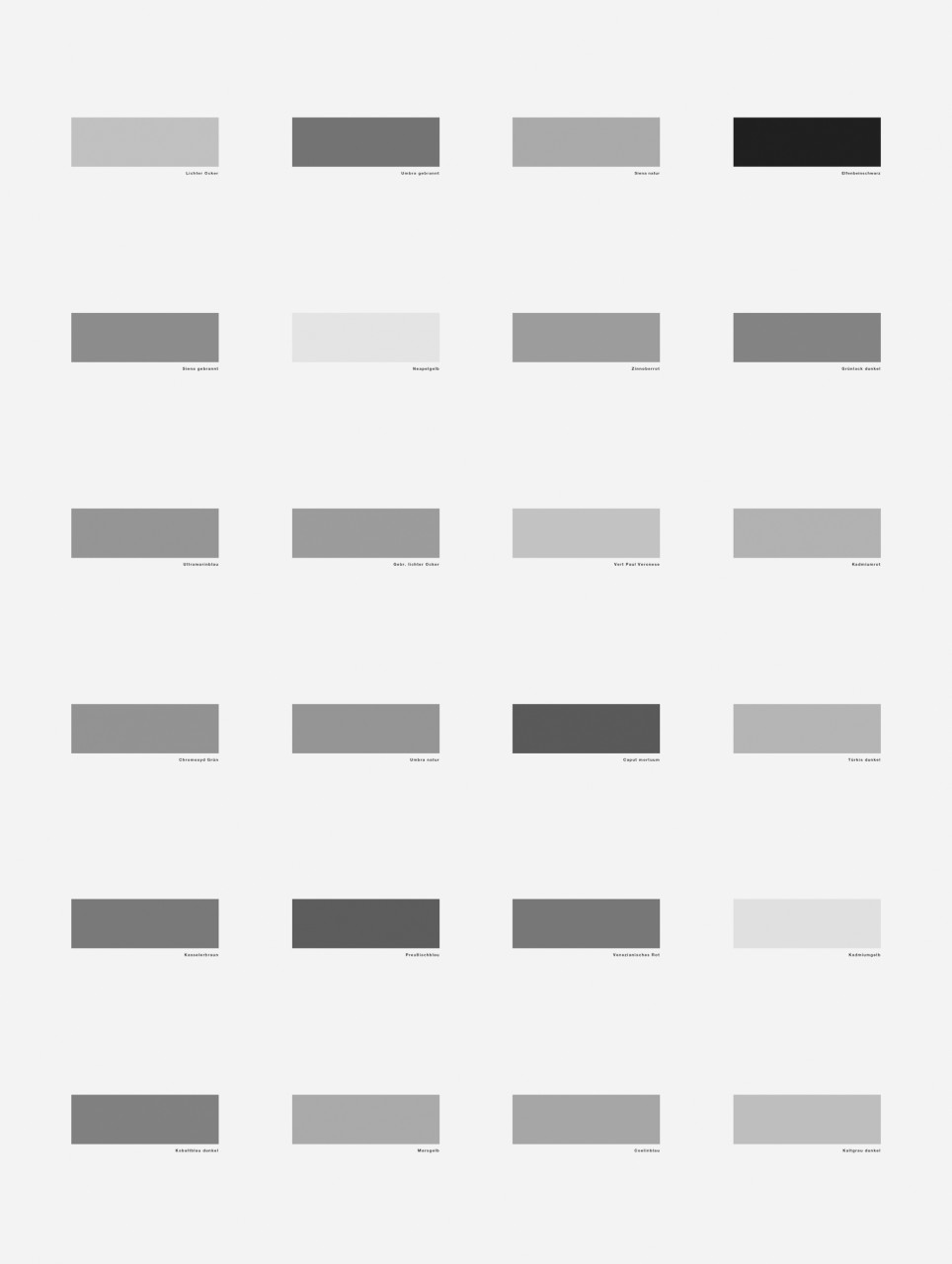
Untitled
2007
From Re-Object/Mythos
Digital pigment print (Ditone) on transparent foil, in folder with text, 81 x 61 cm (32 x 24 in). Edition of 45, signed and numbered on print.
This edition is Gerhard Merz's contribution to a group portfolio published on the occasion of an exhibition at Kunsthaus Bregenz for which works by Marcel Duchamp and Joseph Beuys represented the thematic base. In reference to this, Merz created a work based on Duchamp's idea that language alone – simply saying or writing a color's name – could activate the viewer's mental image of that color, making the physical act of painting it unnecessary.
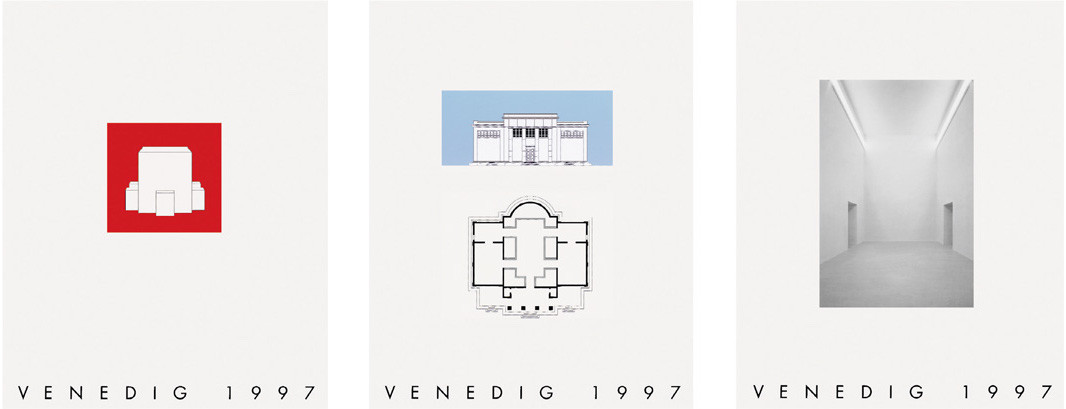
Venedig 1997
1998
From Sequences
a, b: Two silkscreens, c: Grano lithograph; all printed on Magnani rag paper. Each print 50 x 40 cm (19¾ x 15¾ in), each signed and numbered. Edition of 60.
Gerhard Merz, who has occasionally been labeled a modern classicist, uses the elements of art – measurement, form and light – in a careful reconsideration of modernism. These three prints document the idea, the architectural plan, and the realized artist space at the German Pavillion of the Venice Biennale 1997: brick walls, plaster and fluorescent light – clarity and blankness. "The beautiful is mute and blank", says Merz.
Set EUR 1,200
Orange und Grün
1997
Two-part painting with acrylic and pigment paint on aluminium, each 50 x 40 x 3 cm (19¾ x 15¾ x 1 in).
Edition of 30 unique double paintings, each signed and numbered on verso.
For this edition, which has the characteristics of a unique artwork, Gerhard Merz juxtaposed two monochromes whose thick, pastose application of paint reinforces the idea of painting. A relief emerges, defined by the spontaneous brushstroke, structured differently on each metal plate. The “orange” is red lead, and the “green” is Scheele’s Green.
Set EUR 3,000
o.T.
1994
Wall object, masonite, painted grey, 204 x 54 x 2 cm (80¼ x 21¼ x ¾ in). Edition of 10.
For this edition, Gerhard Merz has designed an oversized T-square. This iconic tool of architects functions here as a symbol of architecture and design, referencing Gerhard Merz's idea that, as a painter, he is also an architect.
Untitled (Wall Work 2)
1994
From Wall Works
Fluorescent light fixtures, daylight white, 46 or 60 cm (18 or 24 in), installed as a frieze along the full length of the wall. Limited to 6 installations, with a signed and numbered certificate.
Gerhard Merz has always strived to continue and refine modernism. Light – the invention of the light bulb – marked a shift from 'darkness' to brightness and enlightenment. For Merz, color, light, and proportion are the essential elements of art.
Untitled (Wall Work 1)
1993
From Wall Works
Wall painting in cobalt green or ivory black pigment, polished stainless-steel bar. Wall painting 150 cm (59 in) high, width according to the wall; stainless steel 250 x 10 x 10 cm (98½ x 4 x 4 in). Limited to 6 installations, with a signed and numbered certificate.
This edition by Gerhard Merz is a wall installation featuring a minimalist composition defined by stark geometry and precise spatial balance. A broad, dark, horizontal band is painted across the wall, asserting itself as a dominant visual field. At its center, a polished stainless-steel bar vertically bisects the composition, creating a striking contrast between materiality and surface. The reflective quality of the steel introduces subtle interaction with the surrounding space and viewer, reinforcing Merz’s ongoing engagement with architecture, light, and proportion. The work embodies his vision of merging painting with architectural thought, where clarity and austerity become expressive tools.
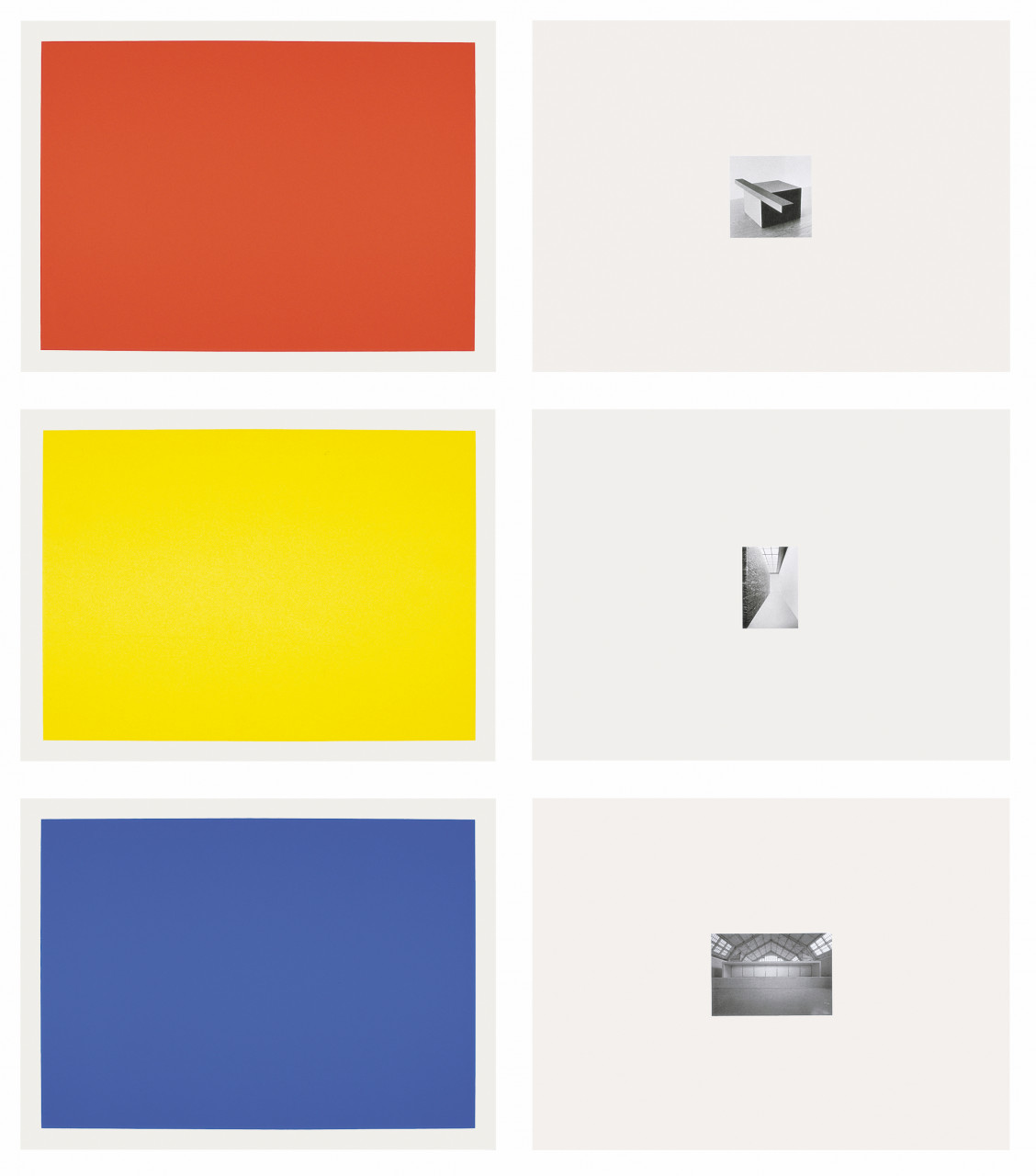
Architekturen
1992
Three silkscreens on Fabriano 300g rag paper, and three duotone offset prints on offset paper; each 48 x 65 cm. Edition: 40, signed and numbered on verso of one print.
Gerhard Merz created this edition on the occasion of his exhibition Gerhard Merz: Archepittura at Deichtorhallen Hamburg, 1992. The work combines three monochrome paintings in the primary colors with three black-and-white photographs of sculptural architecture, conceived as a homage to modernism.
Costruire
1991
Anodized aluminum, in two parts. Square piece, 90 x 90 x 6 cm (35½ x 35½ x 2½ in), anodized in color (red, blue or black). Solid, polished aluminum bar, 180 x 6 x 6 cm (71 x 2½ x 2½ in). Edition of 5 per color, signed and numbered on certificate.
With this edition, too, Gerhard Merz makes a direct reference to architecture and the tools of the architect.
Den Menschen der Zukunft
1990
Four lithographs and one offset print on Invercote 300g rag paper, as well as one monochromatic painting on Fabriano 220g rag paper; each 56 x 80 cm. Edition: 45 + X, each signed and numbered on verso.
This edition portfolio was published on the occasion of Gerhard Merz' eponymous exhibition Den Menschen der Zukunft (To the People of the Future) at Kunstverein Hannover, July-September 1990. Each print is based on a work from the exhibition.
Ed io anche son architetto
1989
Set of 3 aquatints, 1 heliogravure and 1 offset print, on rag paper, each print 108 x 81 cm (42½ x 32 in), each signed and numbered. Edition of 12 in red as illustrated (plus 30 in caput mortuum and 30 in veronese).
Like several of Gerhard Merz's works, this edition also makes reference to architecture. Merz has repeatedly explored the idea that, as a painter, he is also an architect. The title of this work – “ed io anche son architetto” (Italian: “I too am an architect”) – is a reversal of a quote by the French neoclassical architect Étienne-Louis Boullée: “ed io anche son pittore” (Italian: “I too am a painter”).
Set from edition of 12: EUR 4,500 / Set from edition of 30: EUR 3,500
Mondo Cane
1983-1984
Three silkscreens on copperplate printing paper, with punched holes, and one hand-painted gouache on rag paper. 76 x 56 cm. Edition: 30, with silkscreens in colors illustrated + XX with silkscreens in additional colors; each signed and numbered on verso.
This early work by Gerhard Merz is a four-part edition created in conjunction with his exhibition of the same name at the Lenbachhaus in Munich. Both in content and in title, the works reference Gualtiero Jacopetti’s 1962 film of the same name, which – with its often shocking images of foreign cultures – founded its own genre: the mondo films. Merz takes up this theme by presenting portraits that resemble ethnographic depictions of foreign cultures. The figures shown appear to be from another, "exotic" world – marked by symbols, traditions, and rituals that seem alien to the Western gaze. The fourth sheet in this edition, a monochrome gouache painted in blue, contrasts with these images both formally and thematically. It can be interpreted as a symbol of Western modernity – a counter-image to the diversity of the others, though not without ambiguity or meaning.
special price € 2,700 / $3,000 shipping costs included
Streichquartett (String Quartet)
1982
Four silkscreens on Rives BFK rag paper, 81 x 122 cm, three of them printed on hand-painted surfaces by the artist at Siebdruck Roscher, Munich. Edition: 30, each signed and numbered, some on front, some on verso; (+ 3 A.P., signed not numbered; + VI trial proofs, partly with color variations, some images reversed).

5 Steingravuren
1976/1978
Portfolio of five stone gravures on light white paper, 60 x 60 cm. Edition: 20 printed in gray, 20 printed in ochre, 20 printed in siena, all portfolios signed and numbered on verso of one print.
When working on this edition, Gerhard Merz was inspired by Monet, Cézanne, Seurat, Mondrian, Malevich, Pollock and Reinhardt.
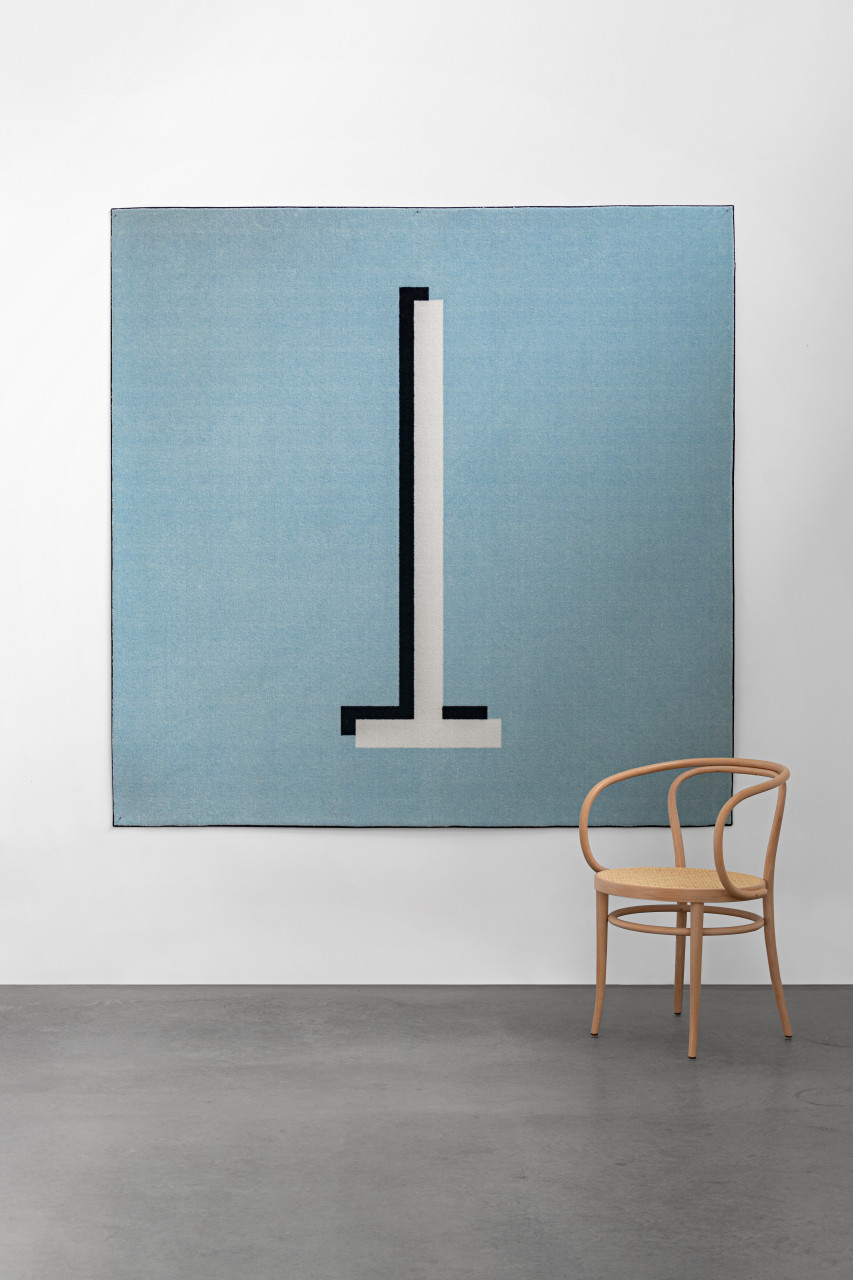
The Chair of the Architect
2019
Created on the occasion of the 200th anniversary of the furniture company Thonet.
A Rug (blue, New Zealand sheep wool), 200 × 200 cm or 200 × 300 cm (78½ x 78½ or 78½ x 118 in), with Thonet Chair 209 in natural wood. Edition of 5, signed and numbered.
B Rug (gray, New Zealand sheep wool), 200 × 200 cm or 200 x 300 cm (78½ x 78½ or 78½ x 118 in), with Thonet Chair 209 painted gray. Edition of 5, signed and numbered.
Merz celebrates rational beauty in art and design with the T-square emblem and refers to the aesthetic settings of Le Corbusier, who included chair 209 as his own in his art and architecture.
"Art provides the chance to think about what life should be and not about what life actually is." – Gerhard Merz
